What Are Memory Cards?
Memory cards, also known as flash memory cards, are small storage devices used to store data such as text, pictures, audio, and video. They are commonly used in a variety of electronic devices, including digital cameras, smartphones, tablets, and gaming consoles. The demand for memory cards has grown significantly over the years due to the increasing need for portable and reliable storage solutions. In this article, we will explore the different types of memory cards, their uses, and how to choose the right one for your needs.
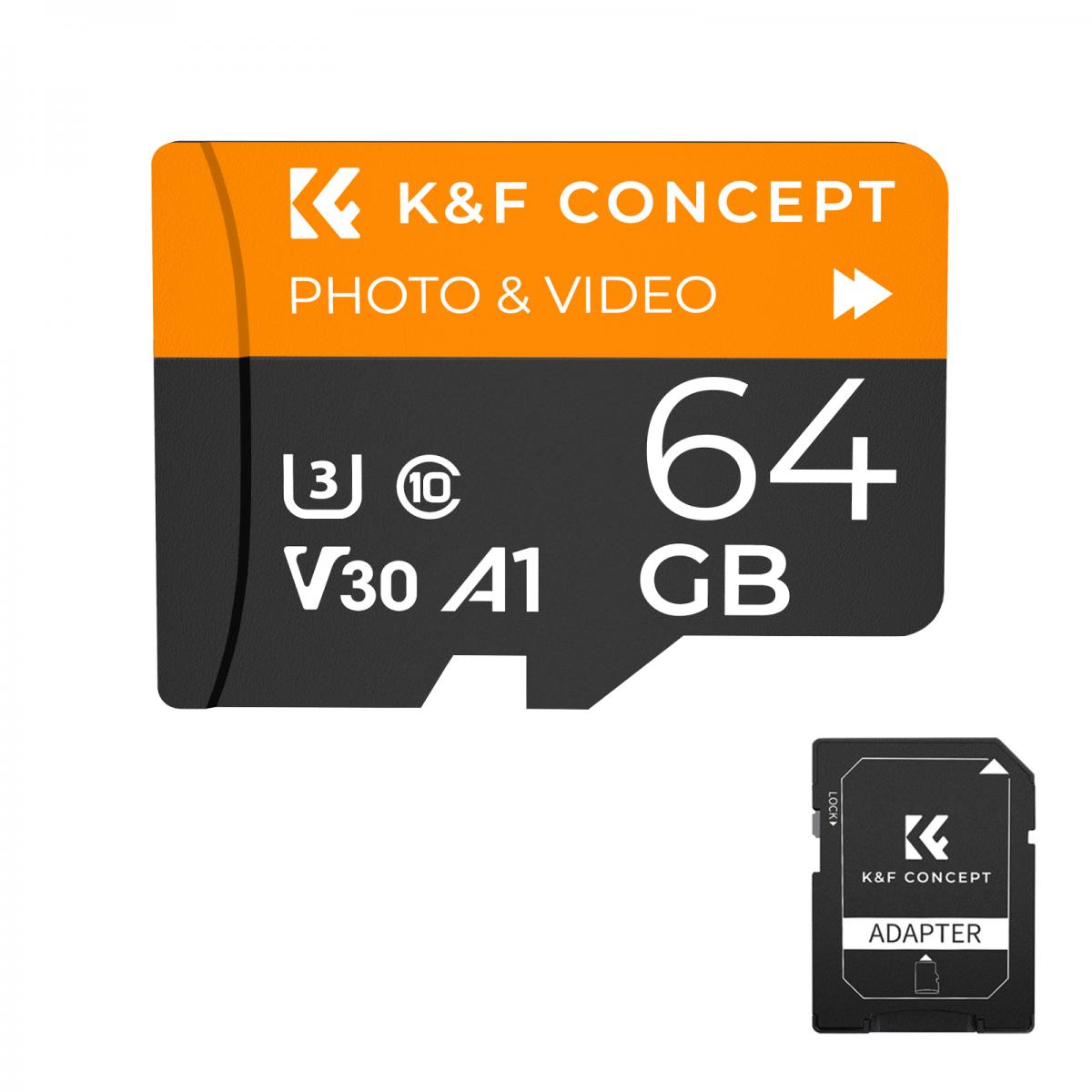
Types of Memory Cards
There are several types of memory cards available on the market, each with its own set of features and specifications. The most common types include:
1. Secure Digital (SD) Cards: These are the most widely used memory cards and come in three main formats: SD, SDHC (Secure Digital High Capacity), and SDXC (Secure Digital Extended Capacity). SD cards are commonly used in digital cameras, camcorders, and other portable devices.
2. MicroSD Cards: These are smaller versions of SD cards and are often used in smartphones, tablets, and action cameras. Like SD cards, they come in different capacities, including microSDHC and microSDXC.
3. CompactFlash (CF) Cards: These are larger and more robust than SD cards and are often used in professional photography and videography equipment. CF cards offer high storage capacities and fast read/write speeds.
4. Memory Stick: Developed by Sony, Memory Stick cards are used in Sony devices such as cameras, camcorders, and gaming consoles. They come in various formats, including Memory Stick PRO and Memory Stick Micro (M2).
5. XQD Cards: These are high-performance memory cards designed for professional use, particularly in high-end cameras and camcorders. XQD cards offer fast read/write speeds and large storage capacities.
6. CFast Cards: Similar to XQD cards, CFast cards are designed for professional use and offer high-speed data transfer rates. They are commonly used in professional video and photography equipment.
Uses of Memory Cards
Memory cards are versatile storage solutions used in a wide range of applications. Some of the most common uses include:
1. Digital Cameras and Camcorders: Memory cards are essential for storing high-resolution photos and videos. Professional photographers and videographers often use high-capacity and high-speed memory cards to ensure they can capture and store large amounts of data without interruption.
2. Smartphones and Tablets: Many smartphones and tablets come with limited internal storage, making memory cards a convenient way to expand storage capacity. Users can store apps, photos, videos, and other data on memory cards to free up internal storage space.
3. Gaming Consoles: Memory cards are used in gaming consoles to store game data, save files, and downloadable content. This allows gamers to expand their storage capacity and keep their games and progress safe.
4. Drones and Action Cameras: Memory cards are used in drones and action cameras to store high-definition video footage and photos. These devices often require high-speed memory cards to ensure smooth recording and playback.
5. Computers and Laptops: Memory cards can be used as portable storage solutions for transferring files between devices. They are also used in some laptops and computers as additional storage options.
How to Choose the Right Memory Card
Choosing the right memory card depends on several factors, including the device you are using, the type of data you need to store, and your budget. Here are some key considerations to keep in mind:
1. Capacity: Memory cards come in various capacities, ranging from a few gigabytes (GB) to several terabytes (TB). Consider the amount of data you need to store and choose a card with sufficient capacity. For example, if you are a professional photographer, you may need a high-capacity card to store large RAW image files.
2. Speed: The speed of a memory card is crucial, especially for tasks that require fast data transfer rates, such as recording high-definition video or shooting in burst mode. Look for cards with high read/write speeds, which are usually indicated by a speed class rating (e.g., Class 10, UHS-I, UHS-II).
3. Compatibility: Ensure that the memory card you choose is compatible with your device. Check the device's specifications to see which types of memory cards it supports. For example, some devices may only support SD cards up to a certain capacity, while others may support SDXC cards.
4. Durability: If you plan to use the memory card in harsh environments, such as extreme temperatures or wet conditions, look for cards that are designed to be durable and resistant to water, shock, and X-rays.
5. Brand and Reliability: Choose memory cards from reputable brands known for their quality and reliability. Well-known brands often provide better performance and come with warranties, giving you peace of mind.
Memory cards are essential storage solutions for a wide range of electronic devices. Understanding the different types of memory cards and their uses can help you choose the right one for your needs. Whether you are a professional photographer, a gamer, or simply looking to expand the storage capacity of your smartphone, there is a memory card that can meet your requirements. By considering factors such as capacity, speed, compatibility, durability, and brand reliability, you can make an informed decision and ensure that your data is stored safely and efficiently.

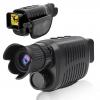

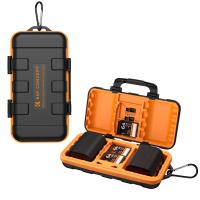


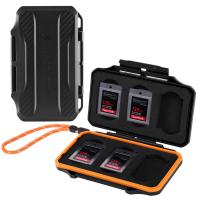
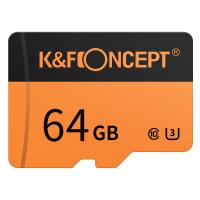

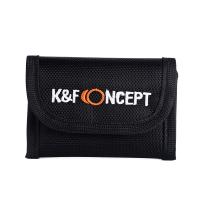



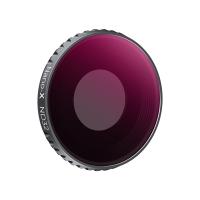
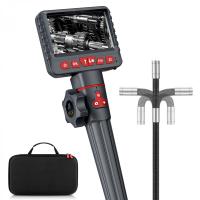

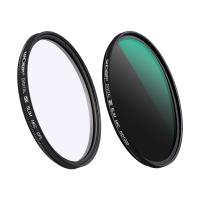

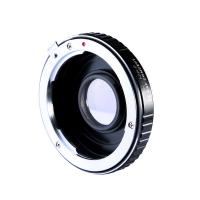
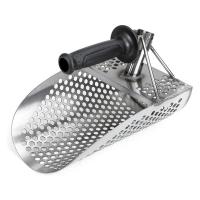


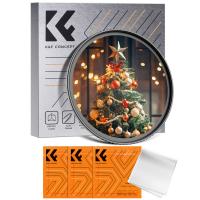

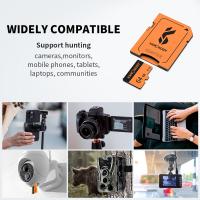
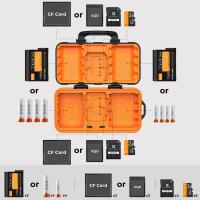


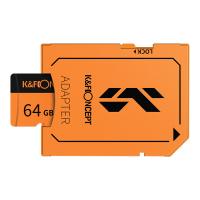

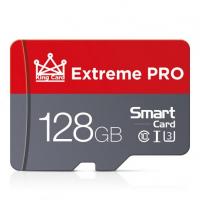

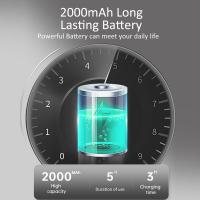
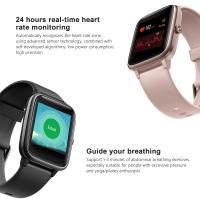


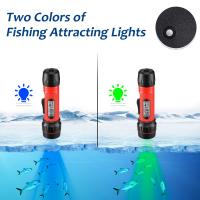



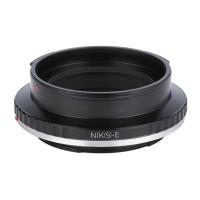
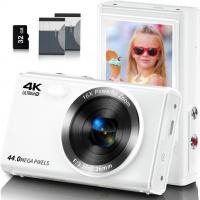

There are no comments for this blog.